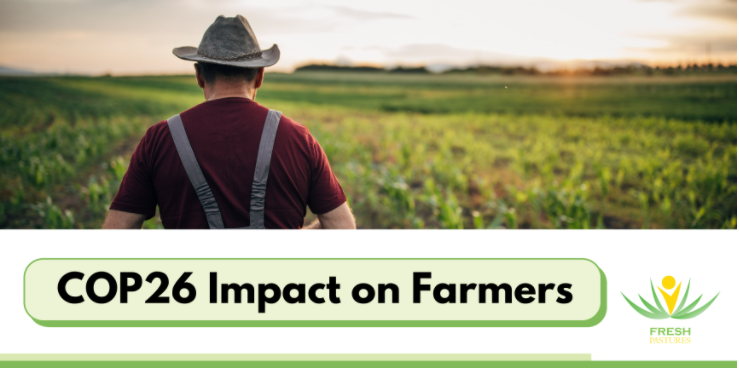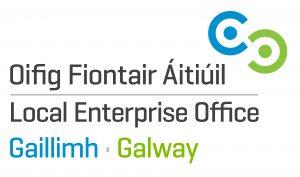COP26 – What is all the fuss about?

There has been a lot of talk in recent years about climate change, global warming and the effects this is having on the future of our planet. There are regular reports of extreme weather events leading to heatwaves, high temperatures, drought, wildfires, flooding, rising sea levels as well as storms which seem to have become all too familiar. These changes are threatening the lives of millions of people. They also put whole ecosystems as well as numerous animal and plant species in danger. To address these issues, from late October to early November 2021 a UN Climate Change Conference took place in Glasgow. This was called COP26. COP is short for “Conference of Parties” and is composed of the governments who signed up to the UN Framework Convention of Climate Change (UNFCCC). The first of such conferences took place in 1995. There has been an annual conference since then except for 2020, which was postponed due to the Covid 19 pandemic. The conference in 2021 was the 26th such conference. Hence the name COP26.
Under this UN framework, each country is required to commit to their own targets for reducing emissions. When combined, these targets offer a global pathway to reducing global warming to +1.5oC. The Irish government set out Ireland’s targets through what is called the “Climate Action 21 plan- Securing Our Future”.
Implications for Irish Agriculture
Agriculture accounts for 35% of Ireland’s GreenHouse Gas (GHG). The main GHGs of concern are Methane, Nitrous Oxide and Carbon Dioxide. The first two are the ones of most concern to agriculture. Methane is produced by cattle and sheep as part of the digestion process. It accounts for 2/3rds of Irish agriculture’s GHG emissions. Nitrous Oxide is a gaseous form of Nitrogen and accounts for approximately 1/3rd of Ireland’s GHGs from agriculture (Teagasc, 2021). These gasses are measured as Carbon Dioxide Equivalents (CO2e). Irish agriculture currently produces 23 million tonnes CO2e of GHGs. Under Ireland’s Climate Action Plan 21, a target has been set to reduce this to 16-18 million tonnes of CO2e by 2030 which is a reduction of 22-30%.
(Other sectors in Ireland are also being targeted, with the transport industry and the energy industry being of particular concern.)
How will these GHG reductions affect you as a farmer?
To achieve a reduction of 22 – 30% in GHGs several areas are being targeted, consisting mainly of methane emitted by cattle and sheep, animal manure management, fertilisers, forage/feed production and other inputs such as fuels.
The aim is to achieve a relatively small reduction annually until 2025.
As an individual, you are being asked and encouraged to play your part. Options are being presented as a number of technologies that you can use to help reduce the emissions from your farm.
Some of these technologies can actually save money as well as reducing emissions. Some options being promoted by Teagasc, private consultants and co-operatives include the following. You should ask yourself if any of these issues are relevant for your farm.
- Address soil fertility so that your fertiliser is used more efficiently
- Use low emission slurry spreading early in the year to maximise the value from your slurry and reduce the emissions
- Using protected urea as the nitrogen source for your farm which is cheaper than most other nitrogen fertilisers
- Improve grassland management which will reduce your costs of production and improve performance
- Cull non-productive animals from your farm which will reduce your costs and improve efficiency
- Increase herd fertility which will lead to improvement in productivity
- Consider calving heifers at 2 years of age, but make sure you plan this in good time to ensure the heifers are adequately grown at important stages of production
- Increase biodiversity as a means of protecting the diverse environment
Questions you might ask yourself include:
· Can I make better use of clover so as to reduce the need for Nitrogen fertiliser?
· Are there poor quality cows on my farm that I would be better off without?
· When is the best time for me to spread the slurry on my farm so that I get the best fertiliser value from that slurry?
These are just some of the items you can discuss further with your adviser or consultant. When you take the lead on this, you can stop worrying and start putting yourself back in control.
There is little doubt that what is happening in the area of climate change is of concern to everyone. Farmers do want to play their part in protecting the environment. We all want to leave this world in a good place for future generations. Remember these are your children and your children’s children that we are talking about.

